“The ugliest 5 series ever. The most unreliable 5 series ever. You should buy a Japanese car instead.”
And I could continue spreading these popular opinions about this particular car. But you know what? I don’t think that it deserves this much hate.
Of course the design is far away from traditional, but on the other side it is timeless. Compared to the E39, the E60 looks like a brand new car, and even compared to the F10 it still looks up to date.
The reliability? Well, the reliability is more or less questionable. And if you are not familiar with fixing your own car, or if you don’t have an independent specialist near you, or if you don’t want to spend extra money for some of the things which will break, then yes you should choose a Japanese car instead.
But I have to add that believe it or not, a high mileage 5 series is not like a loch-ness monster, you know everybody heard about it but almost nobody have seen it. There are plenty of high mileage 5 series BMWs, so reaching 400 000 or 500 000 km with this car and with a little bit of preventative maintenance is not impossible at all!
Interior
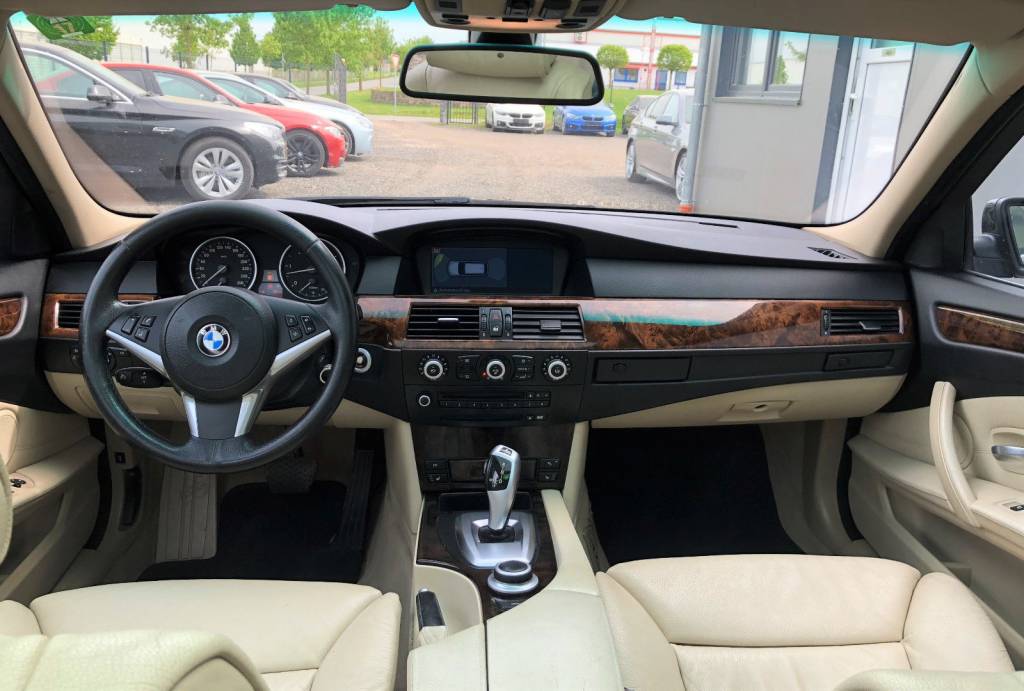
The interior of this BMW is, well, controversial a bit – or it was mainly when the car was unveiled in 2003, since it is completely different from the predecessor (and not really in a good way). On one side it can look horrible-the before facelift version with the standard equipment and with worn out materials.
But on the other hand it can still look good and pretty modern-if you choose a facelifted car with some of the extras and with the latest iDrive system-which still has a very nice graphics and it’s user friendly even at this day and age. (picture below)


But moving on, the sound insulation is good, the optional front comfort seats are exceptionally comfortable (more comfortable than in the A6 from this time) and it has good ergonomics-except maybe the first generation slower iDrive system.
On the other side, problems with the peeling plastic on the steering wheel, on the center console, door handles or on the power windows switch can occur – mostly on the before facelift cars which are used in hot climate areas. There are also some complaints about creaking or rattling noises from the sunroof, dashboard or doors, so if you are bothered with these noises, then choose rather the later model, since the interior build quality and material quality improved in the facelifted versions.
Body, paintjob, rust protection
The rust protection of this BMW is overall good, but the estate version can have more often visible rust on the edges of the tailgate-under the rear window. Just open that rear window and check those edges.
And by the way, the front of this BMW is completely made from aluminium. Because of this it has very good weight distribution and very good handling too. On the other side because of this, it’s a lot more complicated and more expensive to repair after a crash.
Possible problems
Panoramic sunroof
I would not recommend buying a car which is equipped with the panoramic sunroof, because the clogged water drains cause water leak into the interior, the sunroof mechanism itself can have issues with opening/closing + the sunroof can make various noises, and there are cases of worn sunroof seals as well. The regular small sunroof can have the same problems basically, but the sunroof itself usually works as it should.
Disintegrating rubber
By the way, it’s worth checking the rubber trim om the top of the windshield and mainly around the rear window, because it can disintegrate over time. On the other side, it’s not that expensive and you can replace it even yourself.
iDrive system
The early production cars, mostly from the first two or three years of production can have more often problems with the electronics. Mainly the iDrive system itself can cause some issues and there are cases of battery draining. Fixing the various electronic malfunctions can be very expensive and time consuming, obviously. On the other side plenty of these cars have already fixed or replaced most of these electronic parts and there are actually companies which can repair for example the faulty Car Communication Computer (CCC) – the iDrive module basically, for approximately 200 € which is not that bad. But all in all, if you want to minimize the issues with the electronic equipment, then you should choose a car which was made from 2006, or the facelifted version from 2007 (and keep the battery in good condition!).
Electronics
As usual check properly all the electronics, the electrically adjustable seats can sometimes not work properly-mainly the leg extension mechanism can fail. And obviously all those usual things like the window regulators, parking sensors or the seat heating can fail as well.
Tailgate wiring
The touring version can have issues with the non working electronic tailgate. This is usually caused by the broken wiring harness which goes to the tailgate. The other earlier symptoms of this problem are: not working rear window defroster, bad radio reception, or the not working remote locking. The new wiring harness costs around 100€, but you need to find someone who is at least a little familiar with electronics, if you can’t fix this yourself of course.
Trapped water
Lastly, definitely check the scuttle panel under the windscreen for water which can be trapped here. So, remove the cabin air filter housing, the plastic cover under it and then you get access to the scuttle area and the brake servo. The water is often trapped here and it can ruin the brake servo-which is expensive, or it can get into the interior and cause some electronic problems as well.
All of this is because of a clogged rubber grommet which will get full of shit over time. You can clean it, or just remove it.
As usual choose a car with regular maintenance history and check for software updates, like for real.

Suspension
This BMW was available with the standard suspension or with the factory sport suspension. The M5 had electronically adjustable suspension but that’s another story.
The suspension parts start to wear out after approximately 150 000 km or 200 000 km / 93 000 mi – 124 000 mi. For example, the front control arms will definitely get worn sooner or later, so check them visually for cracks. But the good thing is that in this case you can change the bushings in the control arms separately, so in a lot of cases you don’t need to buy the whole control arm which can save you some money + the shock absorbers are not that expensive either.
On the other side there are cars which are equipped with the active hydraulic anti-roll bars which significantly reduce body roll in corners, of course only if they work properly. So they are great and everything, but they can leak and sometimes even completely fail. This means that if you are buying a car with this feature then check them for leaks, and check your power steering fluid level regularly + it’s good to change it regularly as well, since these special anti-roll bars are using the same fluid as the power steering! All in all, I would recommend to avoid cars with this feature if you are not willing to pay for these parts if they break.
The touring version is standardly equipped with the self-leveling air suspension on the rear axle. The air struts are going to leak sooner or later, so be prepared to replace them. A brand new genuine air spring costs around 318 €, an aftermarket is obviously cheaper-approx. 130 €. The air compressor itself and sometimes one of the height sensors can fail as well, so if your air struts are not leaking air then you know where to search for the problem next.
“Touring version: it’s good to replace the air suspension air compressor air filter too (mainly to extend the lifetime of the compressor) – the new genuine filter costs around 40€.”
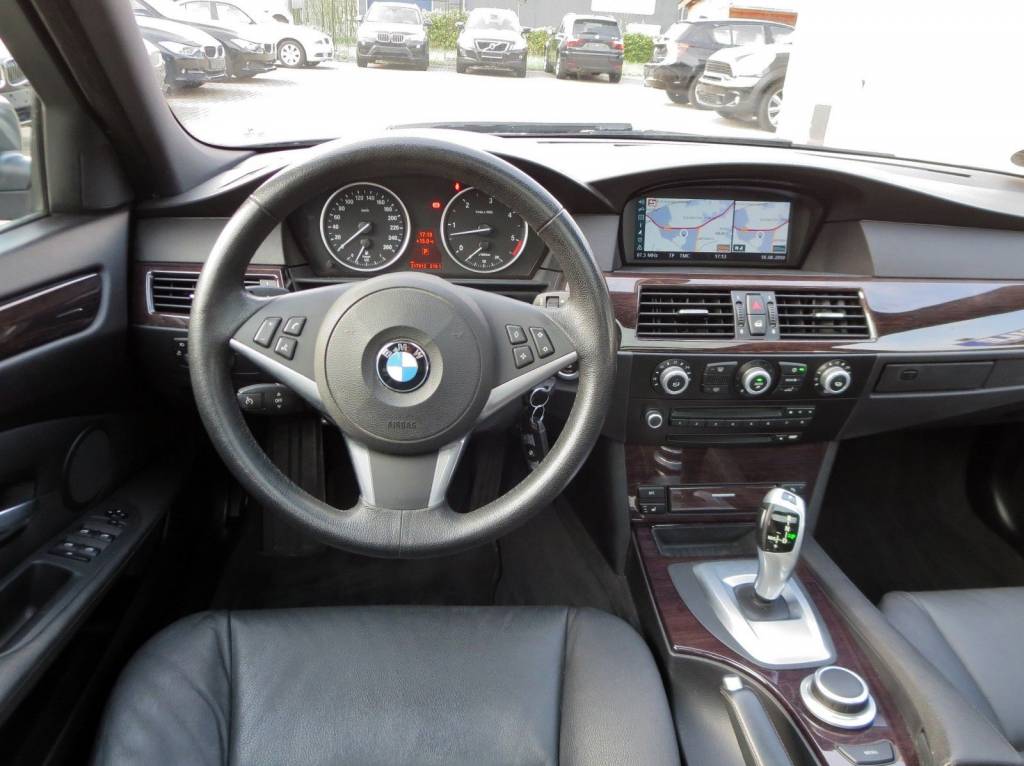
The standard equipment included: power windows and mirrors, the standard iDrive system with small screen, standard seats or the standard AC.
The optional equipment included everything you can and can’t imagine, so: optional front fully electrically adjustable massage seats which can be heated and ventilated (the most comfortable in their class), night vision, adaptive cruise control, heated and electrically adjustable multifunctional steering wheel with shift paddles, soft-close doors, head up display, various leather color combinations, alcantara headliner and so on and so forth.
Petrol engines

Keep it simple they say, and I agree. So the most reliable petrol engines are the 6 cylinders with the N52 and M54 engine codes-because they don’t have direct injection or a turbocharger.
The 4 cylinder engine with the M54 engine code is not that bad either but it’s not very powerful.
On the other side, all of the engines made from 2007 do have direct injection, so issues with the injectors, carbon build up or high pressure fuel pumps can occur. The turbocharged N54 6 cylinder is actually quite famous because of the already mentioned issues.
Next, I would not recommend buying any of the V8 engines if you don’t have at least 4 000 or 5 000 € for the additional repairs. Mainly the older V8 in the 545i model is more famous because of the various leaks which can be expensive to fix, or issues with the alternator or thermostat for example. And there is also the infamous coolant transfer pipe o-ring failure which can occur. In this case you basically get a coolant leak in a not very convenient part of the engine. In the past the whole engine had to be removed to fix this! But nowadays it’s much easier and cheaper to repair this. So there is no need to remove the engine, but it’s still not extremely cheap to fix this leak – 1 000 – 2 000 € to fix it. The 550i model is on the other side definitely a better choice.
Generally speaking all the petrol engines will have at some point problems with the various oil and coolant leaks, the usual valve cover gasket and oil filter housing gasket leaks can occur, the water pump can often fail as well, so you definitely need to have some money left for the possible repairs.
“After 150 000 km it’s good to preventively replace the water pump”
Diesel engines

All the diesel engines are reliable, so you can expect only usual issues, except the 2.0 l N47 4 cylinder made from 2007 which can have more often problems with the prematurely worn timing chain mechanism. And I would actually stay away from these N47 engines completely mainly if the car has more than 200 000 – 250 000 km, because after this mileage there are also cases of more worn rod bearings and later even main crankshaft bearings–causing knocking noise from engine and later a destroyed engine.
The famous swirl flaps should be nowadays removed on lot of these engines, but if they are not removed, then you should remove them-because they can be sucked directly into the engine causing serious issues, so ask the previous owner about this. You can buy special blanks for these flaps for only around 24€ and put them instead of the swirl flaps.
The injectors won’t last forever so check for smoke from the exhaust, fluctuating/bouncing idle and use high quality fuel or at least good fuel additives, and replace the fuel filter to extend the lifetime of the injectors which can in this case last way over 300 000 km.
Lastly, as with the other diesel engine cars: use the car mainly on long distances to minimize clogged DPF (if the car is equipped with it) or clogged EGR.

All the engines are equipped with timing chain which is usually ok. But as I said the N47 2.0 l diesel engine can have worn timing chain in some cases even after 100 000 km.
Of course if you are buying a high mileage car with more than 300 000 km then it’s good to have the extra money to replace the timing chain + check for a short rattle at cold start which can indicate worn chain mechanism.
Transmissions
The manual gearboxes are usually ok, just check the clutch – It should operate smoothly without vibrations or strange noises. +The dual-mass flywheel (DMF) can be worn out on high mileage cars with diesel engines. Metallic clattering noise from the clutch area or eventually shuddering while applying the clutch can indicate worn DMF, and in that case you should replace it as soon as possible. To extend the life of the DMF – always release the clutch calmly rather than releasing it suddenly, and never let the engine to work at low RPM – so make sure that while driving the RPM stays above 1 400 RPM.
The 6 speed automatic transmission is usually ok as well, but you definitely should change the oil in it. There are of course cases of various issues with it but mainly because of the never changed gearbox oil + definitely check it for leaks too.
I would avoid the 7 speed SMG gearbox. Long story short: it’s not very reliable and it’s expensive to repair.
xDrive 4WD system !
The xDrive 4WD system is not the most reliable 4WD system in the World. It’s because of the transfer case which can wear out after 200 000 km if the previous owner never changed the fluid in it. If it fails then you can get warning massages, not working 4WD and various bad sounds from the transfer case. Sometimes the transfer case actuator motor can fail as well but that’s not extremely common.
So all in all, change the transfer case fluid after buying and then every 60 000 km + keep in mind that after changing you also need to reset the transfer case actuator adaptation values via the diagnostic software. Eventually keep extra money to replace or repair this transfer case. (the transfer case can be reconditioned for approx. 350€ – 600€)
Fun fact: the Quattro 4WD in the Audi A6 C6 is a much simpler mechanical system which is completely reliable even after 400 000 km.
As usual check the car properly before buying, the gaps between the body panels should be even, listen for strange noises from the engine or suspension and change all the fluids regularly. If you have personal experience with this car then you can write it into comments!




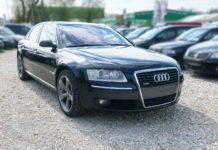
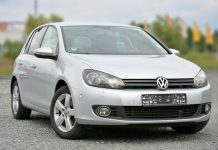
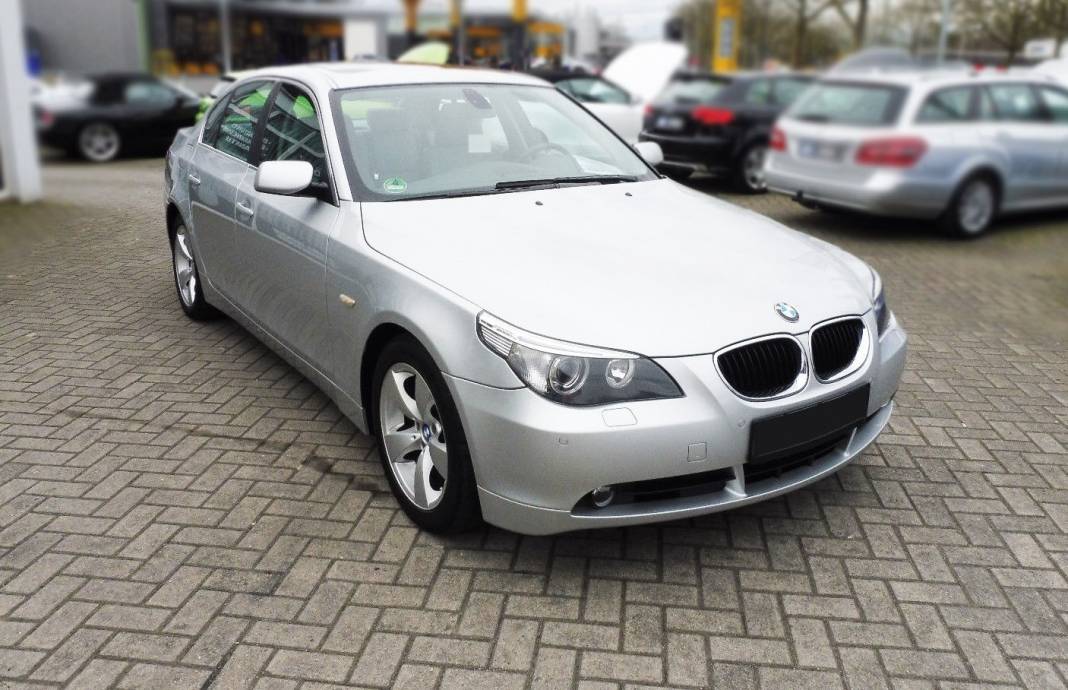







Lost my 5 to DPF – 4k to repair and I bought it 5k 3y before. Sold it for 1k…
the problem in Australia and possibly other regions is service centres don’t follow BMW’s service strategy which means many shortcuts are taken by local hack illiterate mechanics with no mechanical sympathy. To follow BMW’s guide is expensive parts wise so this is also why it’s possible to find low priced BMW’s as they are expensive to service correctly with off the shelf parts but very easy for DIY’ers. I bought an E-61 with all the issues for 1/15th of the new price that I’ve been able to solve myself but it’s certainly a horror show when let go. The sunroof is an absolute bastard of a system to repair as it involves removing the glass panels and some roof trim and messing around with sliding panels and plastic clips which when damaged by UV, snap meaning the entire system jams and you can’t drive the car anywhere until thats sorted out. This is inevitable as the sliding roof panels will eventually fail as a result of the material coming away and the whole thing jamming or the plastic parts breaking. Goodluck getting anyone to attempt this fix for less than thousands… Forgetting to blow out the water drain channels every few months causes the spare wheel well to fill up with water and guess where the electronics are kept? Yep, in the wheel well, the lowest point of the car where water gathers…what could possibly go wrong?? Maybe German service techs can read and do this critical step but it’s rare elsewhere and electrical chaos is par for the course as a result for these models. On the positive side, there are heaps of spares available including alternative cheaper brands, it’s not hard to work on and swap out parts of most of the mechanical systems but one MUST observe the notes as many of the vital bolts are single use alloy ones that are use once and throw away everytime they are loosened. They are not reusable…, the N52 straight 6 3.0L engine is bliss with great low end power, it’s effortless and kicks you in the pants in sport and DS shifting mode but it’s far from a Tesla. The steering is brilliant and it’s a comfy car with very nice seats, well thought out storage areas and great for towing with it’s auto level control, driving position and view of the road. You can stick in an Android head unit while retaining all the original car service system info pages (iDrive) for all the mod cons, reversing camera and Apple CarPlay for a few hundred dollars, the auto gearbox is fabulous. You don’t need to use a B.S 40 euro original air filter for the suspension, it’s a simple in-line fuel filter with a stupid price tag for a few dollars etc you get the picture.
Also…Very important! There’s no oil dipstick for the N52 engine (and possibly other engines in this model) so the only way of checking the oil level is via the iDrive info system…mental as these things use oil and hate running dry surprisingly…Luckily the Erisin Android head unit for this car you can get from Aliexpress has a E-60 compatible iDrive video in so you can continue to see the older iDrive system anytime you like for all the service data and original in-car system and you can still use CD’s if you like too 😉